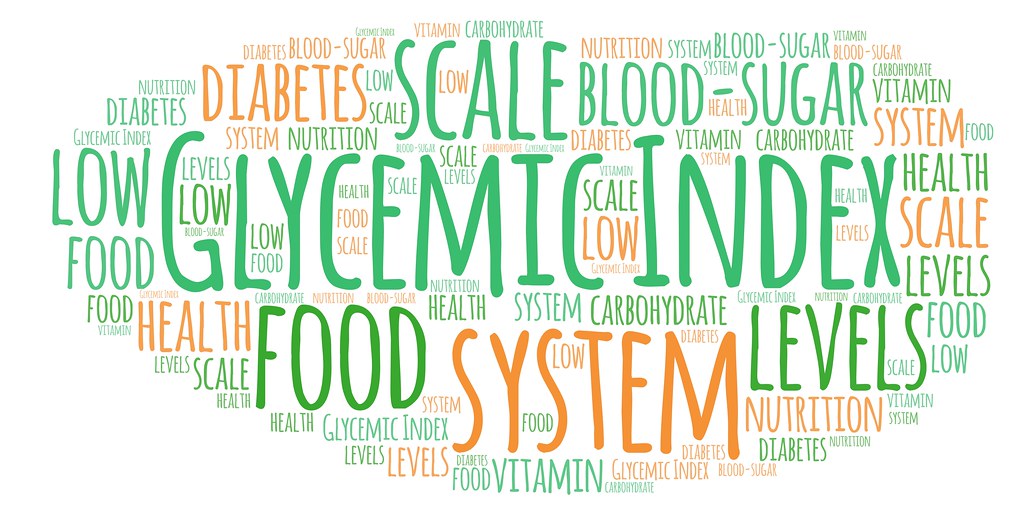Glucose is an easy sugar without the sugar molecule having the same molecular structure as glycogen. Glucose molecules can be categorized into several types. For example, simple sugars can be separated into two categories – monosaccharides and polysaccharides. Glucose can also be classified into several functional groups, including glycogen-like glycans, glycogen-sugar complexes, glycogen-like polymer molecules, glycogen-protein complexes and glycogen-soluble glycans.
As human beings age, their blood glucose levels drop
When glucose levels decrease, it becomes necessary to replenish them. It is for this reason that cells have a tendency to use up their glycogen stores before the other stores.
Glycogen stores are very important in the cell to support the activity level of glycolytic enzymes, such as glyoxylase and lipase. The rate at which glycolysis is performed is regulated by the activity of glucose transporters (GLUTs).
The glycan chains are composed of four sugars and is referred to as a complex carbohydrate. Carbohydrates can be broken down into glucose and stored in cells.
Glucose can be used to make many of the nutrients needed by the body. The glycan chains of glucose are then used to build up proteins, fatty acids and other important compounds.
Carbohydrates can also be metabolized into energy. The process of glycolysis generates a chemical reaction known as glycolysis, or the oxidation of glucose. There are a number of glycolytic enzymes in the body. These enzymes break down the glucose molecules into their component monosaccharides and polysaccharides, which are used to produce energy for the body. Some of these enzymes can also generate short chain fatty acids that can help to fuel the body for extended periods.
The glycolysis process is irreversible and the glycan chains must be attached to the substrate to make them suitable for glycolysis again. Glucose can be converted into energy and used by the body either through direct conversion of molecules or in other ways.

Glycolysis produces pyruvate, which is a by-product of the metabolic reaction
These wastes accumulate in the liver, where they accumulate in the form of glycogen, which is an important part of the body's stores. Glycogen helps maintain the depletion of glycogen in the liver and also helps maintain a balance between glucose use and storage.
Glycolipids can be transported across the blood-brain barrier and use glucose for energy. These glycolipids are stored in a starch called glycogen.
Glucose is metabolized through glycanglycoside hydrolase (glycosidase), which can break down glucose molecules into individual monosaccharides and polysaccharides. Glycolipids are also known as glucose sugar chains and have the basic structure of glucose.
A Glycemic Index, a measure of glucose is determined and is a standard of how high the blood glucose level should be in order to affect the ability of the body to use it for energy. A glycemic index (GI) of 100 is the lower the index, the lower the carbohydrate has to be taken in order to raise the blood glucose level. This index is important in diabetic diet and it is often used in the control of the blood sugar of diabetics.
Glycemic load (GL), this is the amount of glucose in a patient requires for each kilogram of body weight of an average adult, determines how much of the glucose can be metabolized in the body over a period of time. A glycemic load, which is measured in grams of glucose per hour is also an index of how well the patient can use glucose as energy.
Another important part of a healthy diet is the amount of protein a person consumes. Protein is the most important part of a balanced diet and plays an important role in keeping the metabolism rate of the body high, therefore providing energy, maintenance and repair of the muscles. The rate of metabolism is a key factor in the ability of the body to use carbohydrate and therefore the amount of carbohydrates.